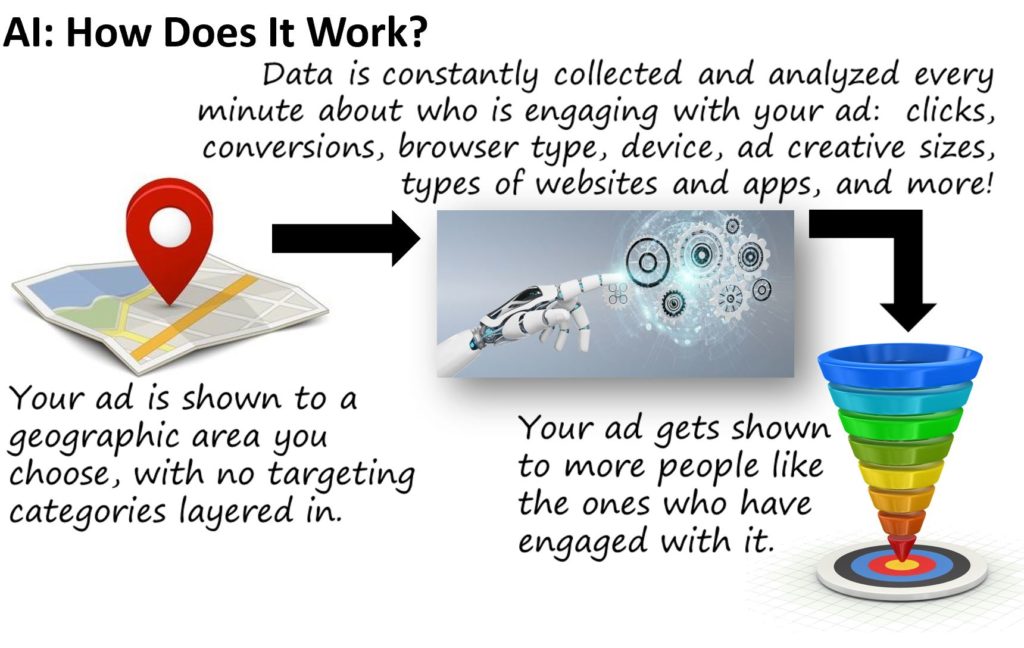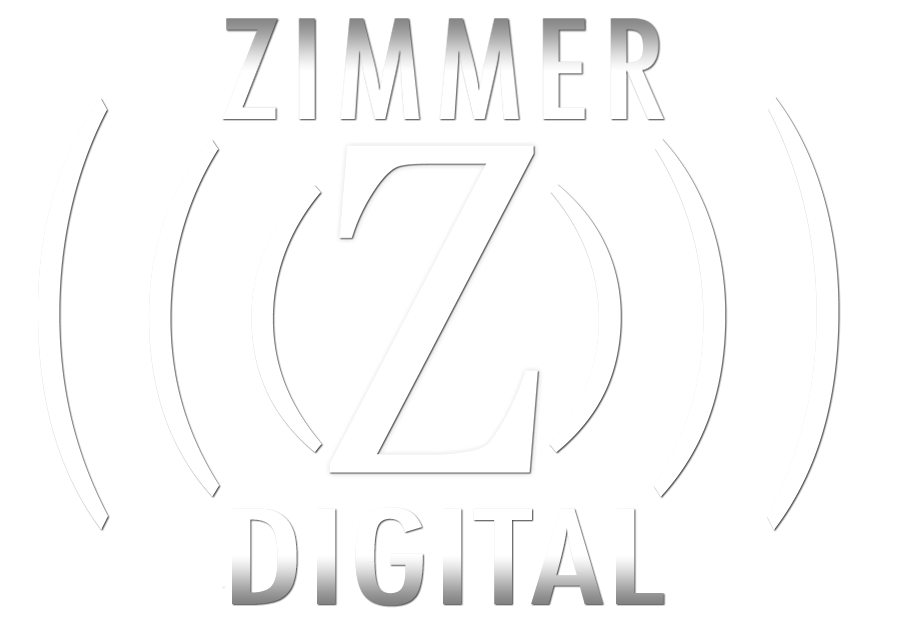What Is Artificial Intelligence Targeting With Digital Ads?
To some AI sounds superficial or in many ways impossible. AI technology is super sophisticated and therefore can be very hard to comprehend. Therefore, many do not realize how powerful this strategy can be for businesses online.
In its simplest form, AI is showing your display or video ads to people across all devices, using machine learning to target consumers based on who is engaging with the ad.
So, what is machine learning and how does it work? There are a zillion factors that go into the algorithms and methods and how this technology was developed. It is important to understand the sole purpose behind this technology is is to make marketing meaningful by predicting the potential of every moment, so that marketers can deliver amazing experiences that get real results. Sounds like a dream right?
When a moment presents itself like when a digital consumer visits a website, AI usually has less than 100 milliseconds to leverage all available data about the visitor to make the best decision and execute the ideal delivery of the advertiser’s message. Success is achieved when we delight the visitors into taking an action or a conversion like a phone call, click or even a store visit.
One of the AI modeling techniques developed helps classify a marketing moment or event. For example, in marketing terms will the person respond favorably to the ad or not? The models use a wide array of data, including patterns of user behavior across the web, first-party data (online visit data) and data made available with permission by the brand websites and segment data from 3rd party providers (offline visits and even purchase behavior).
AI targeting dissects data every minute of a campaign by evaluating historical info about that campaign. One of the data points looked at is who is converting on the advertiser’s website after seeing the ad. The machine learning sets boundaries and limits on the converters from the non-converters with minimal error. Behind this line is an equation that weights all of the features – that is, the data descriptors – that we know about each user and each moment. Then the technology seeks to find more people like these converters based on their behaviors and patterns all in real-time. Each minute it is constantly learning, refining and then delivering at a much more astute way that any human could fabricate on their own.
So while AI is narrowing in on the ideal audience, it also assists in creating that personal experience that consumers want. People want to see ads that relate to them and this is all being led by these AI models and algorithms. It is predicted that by 2020, 85% of customer relationships will be managed without human interaction.

So why is this useful?
With the influx of web activity every minute of the day and so much exposure to messages and advertising, many advertisers have a hard time finding their core audience online or they are having difficulty getting their audience to respond.
This machine learning assists in doing some of that heavy lifting and helping advertisers refine who they are talking to in a way people never thought it could be possible.
Here is an example. If you are a local jeweler store you may want to target certain jewelry related online behaviors like “in-market for jewelry” because those people are showing that behavior right now or have shown that behavior previously. You may also want to do Keyword because people are researching info, etc. or a specific type of jewelry like “diamond cuts”. In addition, AI is a great option, because you can reach people who haven’t shown the behavior online yet, but might be interested right now. AI helps narrow in your target.
So, don’t be scared. Trust that the engineering is powered to have the advertiser in mind to reach their consumers.
